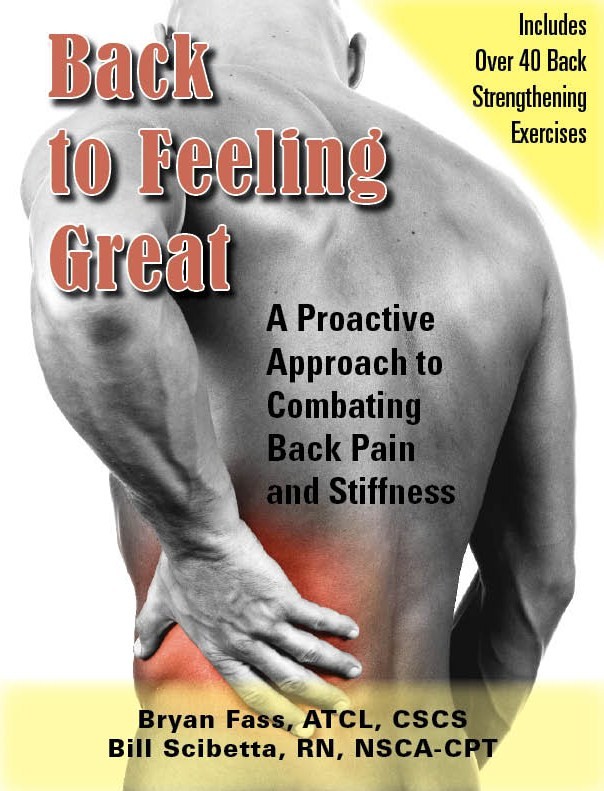Wednesday, January 21, 2009
Step Up!
Basically if you have pain on one side of the body and dysfunction on the other side the structures caught in the middle, in this case the spine, get torque and strain all day so something has to give. So I released her right adductor, Left calf and posterior tibialis and both thoracic paraspinals. Followed with a gentile hip flexor stretch and re-test.
Not suprisingly on retest she had almost no pattern dysfunction and no pain, next visit we can begin correcting the imbalance through exercise. In many cases it’s just that simple, so if you suffer from pain and re-injury or exercise and physical therapy do not resolve the issue please find someone near you who can do this stuff. Or buy the ‘Fit Responder’ book, it’s in there to.
Friday, January 16, 2009
A fitness Rant
1) The client does not stretch herself, does not use the foam roll for self massage or the ’stick’ for self massage. The client also neglects to come in for a maintenance massage as recommended.
2) The client has re-entered what is called an ‘upper crossed syndrome’ which is essentially a forward head posture, tight anterior neck, tight pects and traps and weak mid-back and shoulder blades.
3) The client has lost the ability to fire her scapular (shoulder blade) stabilizers and because of this simple movements are causing pain.
SO, what have we learned? Be responsible for yourself, stretch daily. Use your foam roll and ’stick’ a few days a week with out fail. As a practitioner or participant never assume that you will not loose what you worked to gain….use it or loose it. If something that used to feel good now causes pain there is most likely either a tight muscle or body part or your technique/application of that particular exercise is flawed.
Thursday, January 15, 2009
The abdominal brace
Folks, per numerous request, here is the intro page from the Book.
Lower abdominal training is the place to start because it’s the foundation or the “core” of the body. Training the lower abdominal wall with proper abdominal firing places less stress on the vertebral discs and effectively activates the outer unit musculature (movement system). This allows proper muscle activation at the right times, with proper movement patterns and less stress to tissues and greater muscular and mechanical efficiency as the end result.
Core training involves proper lower abdominal contraction or Abdominal Bracing. This involves coordinated firing of the abdominal wall while deactivating the hip flexors and keeping the upper body and legs relaxed. Learning this concept and the concept of spine stabilization with neutral spine will naturally lead to learning how to find, maintain and work within the parameters of coordinated spinal mechanics
Control of movement is the key to re-educating the lower abdominal wall and allowing the deep pelvic stabilizers to fire efficiently. This progression begins with mastering the abdominal contraction or ‘bracing’. The key is isolating the muscles of the abdominal wall. Pay strict attention to NOT allowing the use of the legs, hip flexors or glutes. Typically the body will want to compensate (a.k.a. cheat) to achieve these movements; you must be diligent to not let this happen.
In the past we were all taught to DRAW IN (pull belly button to the spine). This has been proven ineffective at contracting all of the abdominal wall muscles. If we have a weak back and continue to draw in the abdominals we are essentially making our ab’s and back weaker and less efficient at supporting your activities.
To begin the progression lay on your back with the knees bent and feet flat on the floor, place your hands behind your head. Take a breath in and while slowly exhaling begin to push your belly button down toward your hips.
Imagine flexing your bicep, this is the same pattern as flexing your abs. Another way to perform the contraction is to imagine pushing your obliques (love handles) out. The contraction is very slow to develop and never forceful so the legs do not help. Continue the contraction until the lower back is in slight contact with the floor and you can breathe while not straining or feeling tension in the neck, chest, shoulders or legs. For most people this is not easy. This progression should take you time to work through, each level will take around 2-3 days master.
